- steps
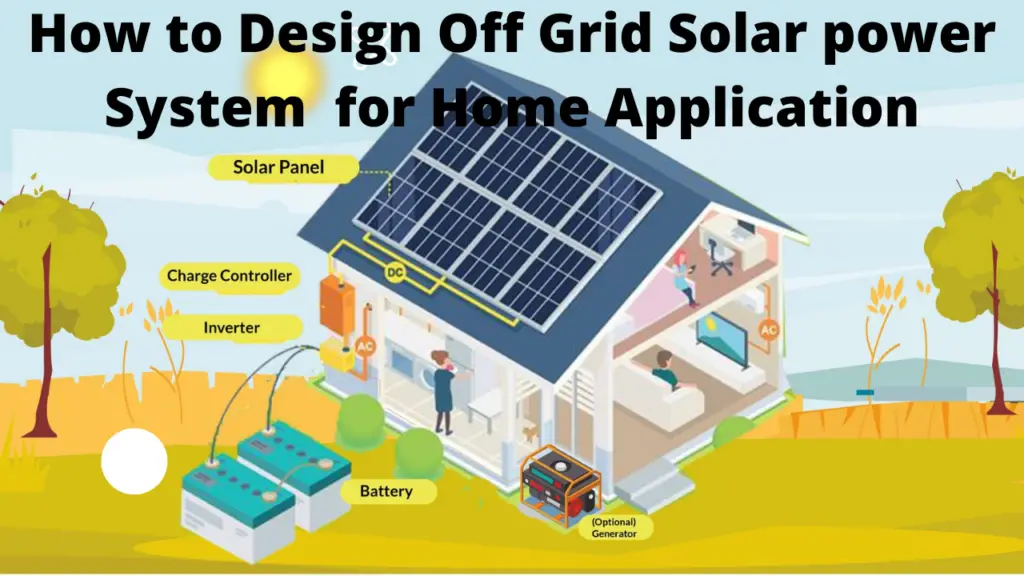
- 1. Electric Load Estimation
2. Rating of Solar Panel
3. Battery Sizing
4. Inverter and Charge Controller sizing
5. Cable and circuit breaker sizes
6. Summary of the project
Off-Grid Solar System Design for Home Application
(Electrical engineer solar opinion and estimate of energy storage and usage limits)
1. Electric Load Estimation

The following electrical appliances are considered as a load for the whole design.
Table 1: electrical load
| No. | Appliance | quantity | Power(W) | Time (h) | Energy consumption (Wh/day) |
| 1 | TV | 2 | 36 | 6 | 432 |
| 2 | Refrigerator | 1 | 75 | 6 | 4500 |
| 3 | Wall AC | 1 | 900 | 6 | 5400 |
| 4 | Lighting | 20 | 9 | 10 | 1800 |
| 5 | Hair dryer | 1 | 1000 | 0.25 | 250 |
| 6 | Ceiling fans | 2 | 75 | 10 | 1500 |
| 7 | Blender | 1 | 40 | 0.14 | 5.6 |
| 8 | Coffee make | 1 | 894 | 1 | 894 |
| 9 | Dish washer | 1 | 1200 | 1 | 1200 |
| 10 | Microwave oven | 1 | 1450 | 0.5 | 740 |
| 11 | washer | 1 | 512 | 0.85 | 435.2 |
| 12 | Clothes dryer | 1 | 4900 | 0.85 | 2450 |
| 13 | home computer | 1 | 300 | 8 | 2400 |
| 14 | Laptop computer | 2 | 60 | 10 | 1200 |
| 15 | mobile charger | 5 | 5 | 2 | 50 |
| 16 | Water heater | 1 | 4500 | 2 | 9000 |
| 17 | Modem/wi-fi | 1 | 10 | 24 | 240 |
| Total | 15966 | 32496.8 |
2. Rating of Solar Panel
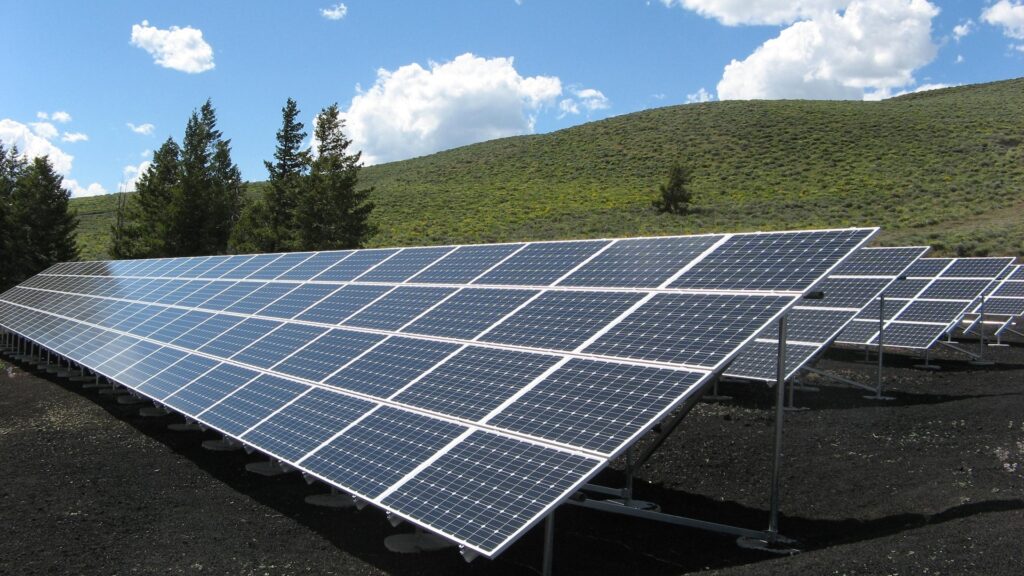
Table 2: Electrical specifications of PV module *
| Parameter | Variable | Value |
| Maximum Power | Pmax | 335 W |
| Maximum Power Voltage | Vmpp | 42.2 V |
| Maximum Power Current | Immp | 7.94 A |
| Open Circuit Voltage | Voc | 51.1 V |
| Short Circuit Current | Isc | 8.51 A |
- Total DC Amp-hours/Day= Total System Load / System Nominal Voltage
= (32,500Whrs/Day) / 48 Volts
= 677 Amp-hrs/Day
- Total PV Array Current = Total Daily Amp-hr requirement / Design Insolation*
=677 Amp-hrs / 5.0 peak solar hrs
= 136 Amps
- Number of Modules in Parallel=Total PV Array Current/ (Mod. Operating Current)x(DF)
=136/ (7.94 Amps/Module)*(0.95)
= 18.03 modules ≈ 18 modules
Therefore, 18 modules are connected in parallel.
- Number of Modules in Series = System Nominal Voltage / Module Nominal Voltage
= 48 Volts / (42.2 Volts/module)
= 1.14 Module
Use 2 modules, therefore, 2 modules are connected in series.
Total number of PV module required = 18×2= 36 modules
The solar panel size should be selected in such a way that it will charge the battery fully during the one day time. We can assume 5 hours of effective sunlight (December @ Mexico) which will generate the rated power.
- Total power of PV panel capacity needed = 32,500Whr * 1.25 /5hr = 8125W – minimum PV array watts. The 1.25 factor accounts for the battery charge/discharge efficiency losses over the life of the battery.
- Number of modules = 8125W ÷ 335W module rating = 35 modules
Therefore. 38 modules would make the system more reliable and further reduce generator time.
3. Battery Sizing
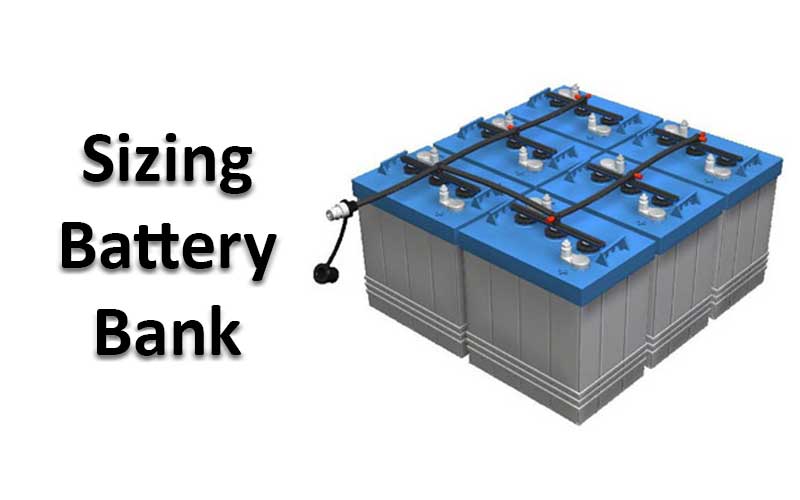
Design Considerations: Desired Reserve Time is one day and Losses and the safety factor is 1.1. Based on these design considerations the Minimum Battery Capacity is calculated in the following way.
=677 Amp-hrs/Day X 1.1
= 745 Amp-hrs/Day
Minimum Battery Capacity = (745 Amp-hrs/Day X 1 Day) / 0.70
= 1064 Amp-hrs
Use TN1000 (1.2V 1000Ah) NICKEL IRON BATTERY
Nominal Voltage = 1.2 Volts
Rated Capacity = 1000 Amp-hrs
=1064 Amp-hrs / (1000 Amp-hrs/Battery)
= 1.064 ≈1 battery
Therefore, the number of batteries in parallel is one battery
=48 Volts / (1.2 Volts/Battery)
= 40 Batteries
Therefore, the number of batteries in the series is 40 batteries.
The total number of batteries required for this project is 40 batteries.
4. Inverter and Charge Controller sizing
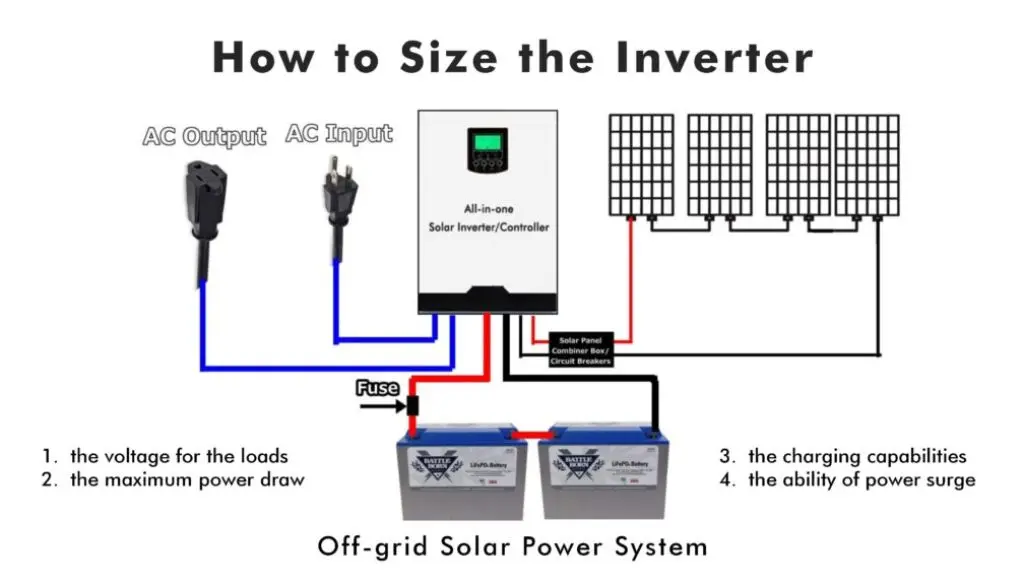
The Peak Load figure is used to size the minimum full power output of the inverter required. Choose an inverter with a power rating above the peak wattage that the loads can draw. The selected inverter is 5000w mppt Solar inverter 230vac 48vdc, this inverter has a built-in charge controller and AC input, so there is no need of calculating another charge controller, and its specification is;
Power: 5000w
Input voltage: 48V Dc
Output voltage: 230v AC
Type: mppt solar inverter
Max. Input voltage: 500vDC
Current: 80A
The number of inverters required is calculated from the maximum load of the project, which is ;
= 9580/5000
= 1.9
The total number of inverters required for this project is two.
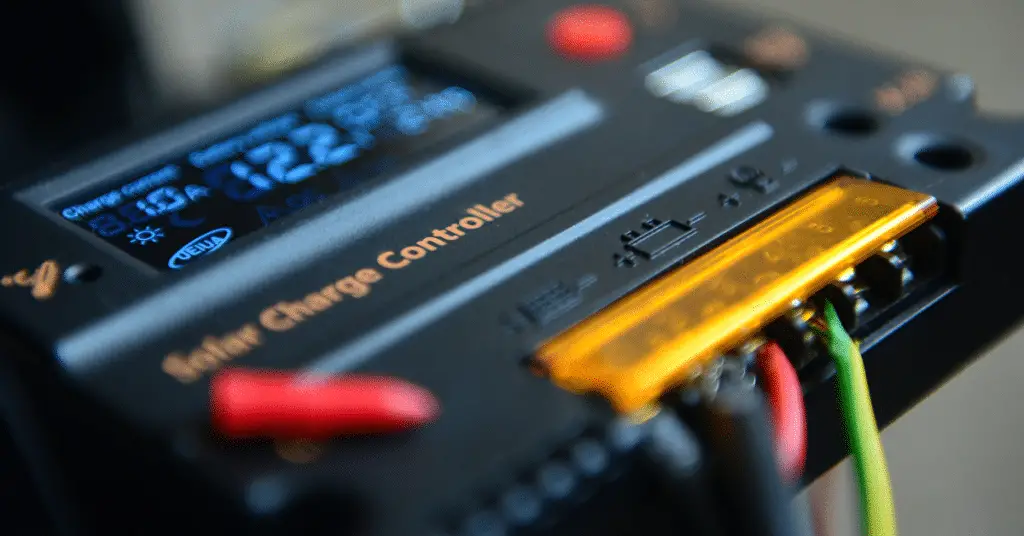
5. Cable and circuit breaker sizes
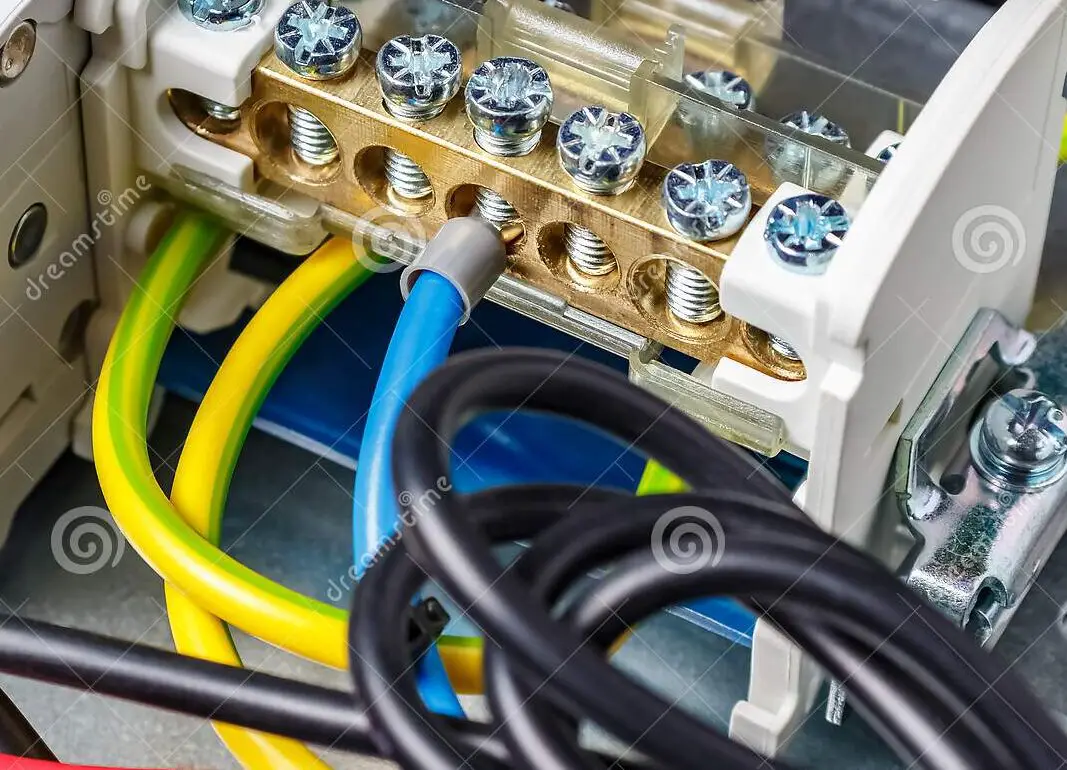
Based on IEEE standards and calculated values in above the circuit breaker/ fuse rating and size of cables in different places look like the following.
| No. | Location | Calculated current | Standard rating of circuit breaker | Standard rating of the cable | Number of circuit breaker | Type of circuit breaker |
| 1 | Solar panel to inverter terminal | 136A | 160A | 50 mm2 | 1 | DC |
| 2 | Battery bank to inverter terminal | 200A | 225A | 120 mm2 | 1 | DC |
| 3 | AC generator to Inverter | 42A | 63A | 10 mm2 | 1 | AC |
| 4 | Inverter to load | 42A | 63A | 10 mm2 | 1 | AC |
6. Summary of the project
- The total energy consumption (Wh/day) of the project is 32,500Wh/day and the peak load is 9580W.
- Total number of PV module required 36 modules
- Total number of batteries required for this project are 40 batteries.
- Total number of inverters required for this project are two.
Figure 1: Diagram of the project
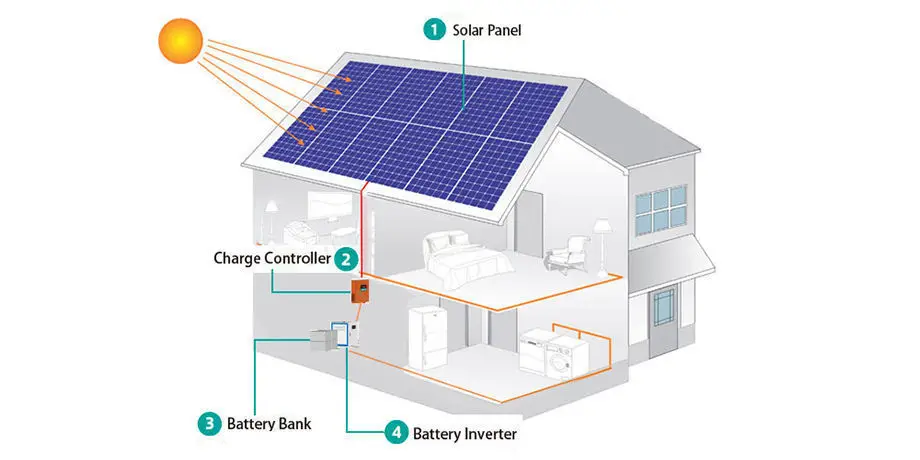
Figure 1: connection Diagram of the project
